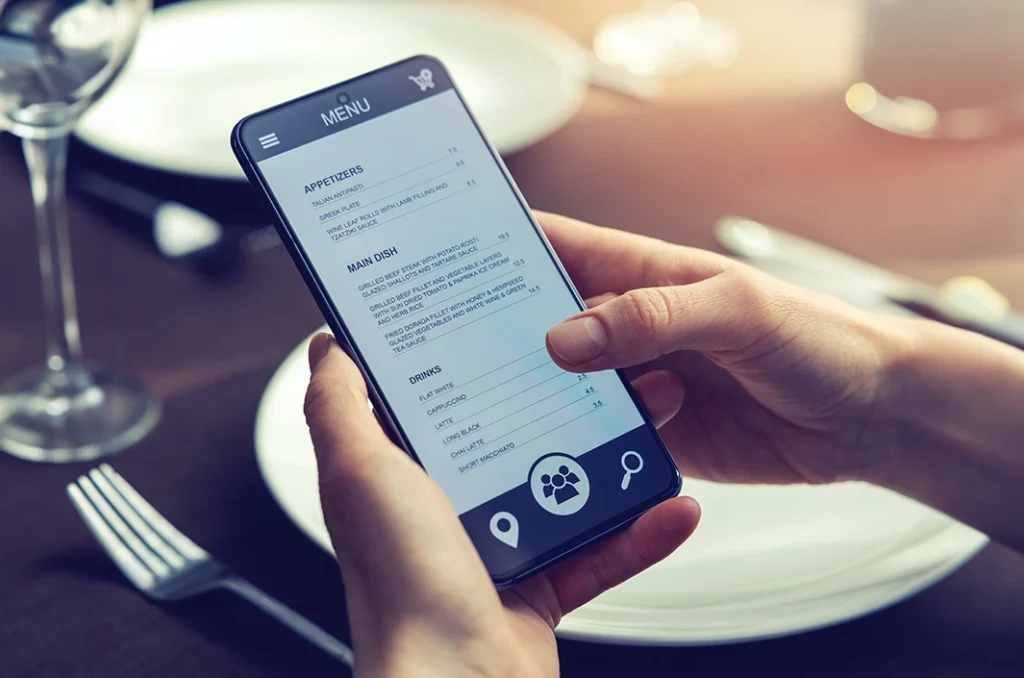You’re reaching the launching point of a new brand and you’re anxiously waiting to unfurl the new look and brand to the world. You’re certain it will be received with positive feedback, or, at least, it won’t be hated. You know this because you’ve guided the process from beginning to end based on what you know and like mixed with some gut intuition. The brand launches and something isn’t right. People don’t dislike the brand, nor are they drawn to it quite the way you thought. The audience doesn’t react or attract the way you planned and you’re left wondering what went wrong.
This scenario plays out quite frequently. The storied brand was supposed to draw in the millennial audience, but decision makers used their own ideas, perceptions, and, often times, misconceptions, to guide the brand’s look and feel. The results isn’t necessarily an outright failure, but the glaring miss will get bigger and bigger as time goes on if not rectified.
Unfortunately, branding can be quite subjective and very personal to the people involved. No matter how objective we seek to make the process of designing a brand, there is always a bit of subjectivity that seeps in. More often than not, during the evaluation of design is where subjectivity comes into play. Over the years we’ve discussed how we can go about reducing the amount of subjectivity in branding, but we haven’t found the answer as of yet.
The problem arises because crafting a brand is inherently a very personal task. Usually brands are forged in the hearts and minds of a person despite some stating that it’s purely a business transaction. In short, they’re building it to make money. Despite the financial goals, we inevitably end up in back and forth over look and feel that’s fueled by that person’s feelings, rather than the audience of focus.
So how do you start thinking like your audience? Here are a few ways to begin:
Find peace with the fact that you may not like the look. If you’re not a member of the audience you’re trying to attract, then you SHOULDN’T “like” the look very much. It’s not for you. It’s for them. In order to move forward you’re going to have to swallow your pride of authorship and make peace with not liking the look. Unless you and people like you are going to be patronizing the brand, your opinions and personal tastes have to be put aside.
If you don’t get it, it’s probably a good thing. A lot of times we catch clients saying, “I don’t get it.” It usually happens when the age, sex, or cultural divide is significant between the client and their intended audience. Our response is always, “you’re not supposed to, they are.” This is when focus groups can be a good tool. Getting a small group of people that represent your core audience will help assess the strength of visual elements in a brand.
Don’t look to family/friends for feedback. Feedback is crucial in helping form ideas and designs that hit the mark for your audience. However, random, knee-jerk feedback is rarely valuable or accurate. Asking your spouse if they like something isn’t viable feedback upon which you should build a brand. People’s perceptions are formed based on a culmination of what they know and what they have experienced. Their reactions to certain questions will inevitably be skewed by preconceived notions and ideas. Therefore, if you want innovative thinking, asking friends and family is an exercise in futility. You’ll definitely get an answer, and it will certainly be bad advice.
Force yourself to see the world through their eyes. It comes down to forcing yourself to see through the eyes of your audience rather than your own. This is the toughest thing to do, but one of the most important skills you can foster. When you start to trust what your eyes are seeing, despite what your gut says, then you can start to pull together brand identities that work and succeed. It’s about them, not you, so always try to reset into their thinking before evaluating visuals. What would they like? What would speak to their personalities and world?
Seeing the world through another’s eyes is difficult, but something that must be done if you’re to create a brand for an audience other than yourself. It takes purposeful controlling of pride and gut reactions to objectively evaluate design through the lens of others. However, when done correctly, it can be the difference between a disconnected concept that you like, and a holistically connected concept that’s isn’t your favorite. One of those scenarios succeeds, the other plateaus.
Here is more on building consumer connections for restaurant brands

